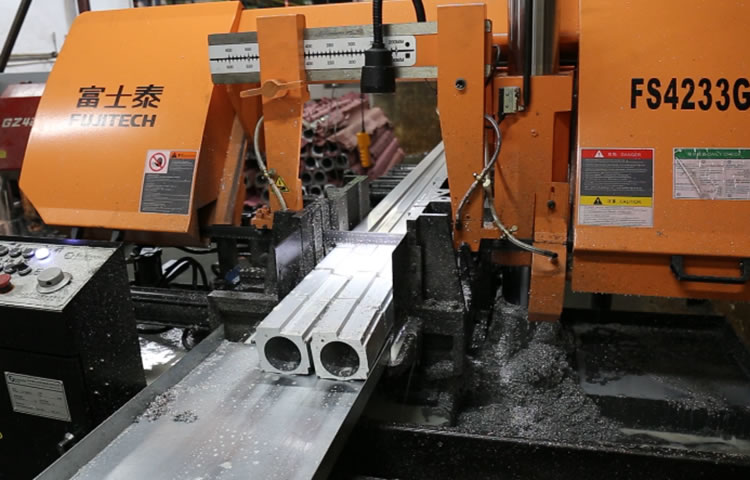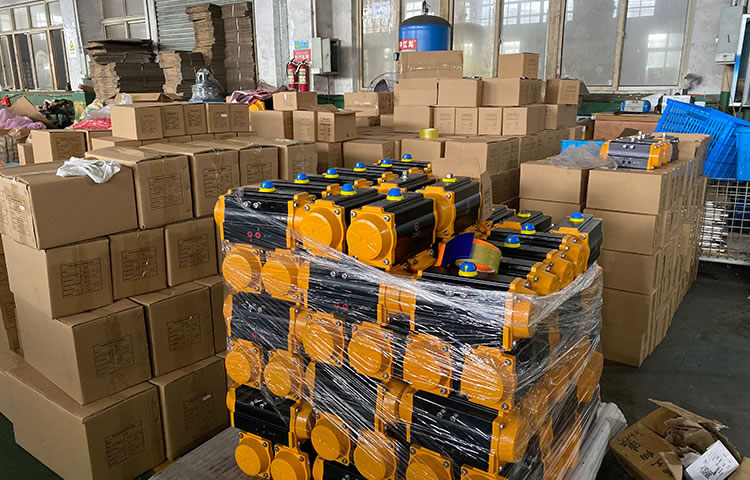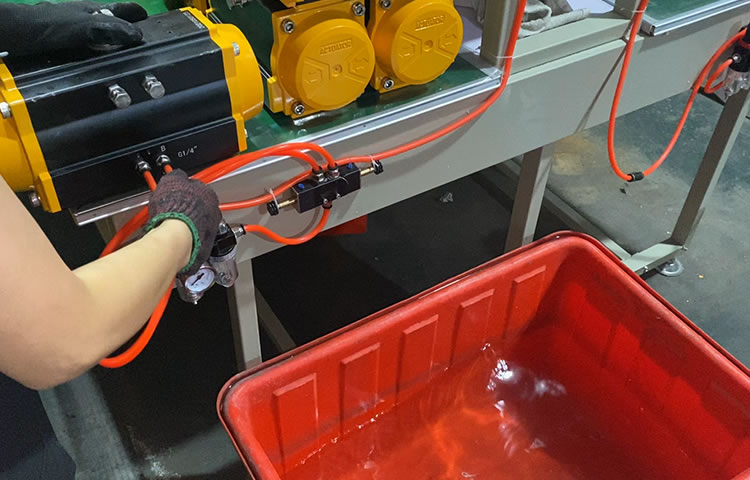Electric Butterfly Valve
Electric butterfly valve explores the future of intelligent fluid control
Electric butterfly valve explores the future of intelligent fluid control
An electric-actuated butterfly valve is a common industrial valve, widely used in various industries
Electric butterfly valves emerge as a highly efficient, secure, and dependable choice for a wide array of industrial process control applications. Their one-of-a-kind design bestows them with remarkable control capabilities over pressure and flow rate, all the while consuming a lesser amount of energy in contrast to traditional valves. What’s more, their self-lubricating characteristic ensures a more seamless operation and curtails the need for extensive maintenance. These motorized butterfly valves can be equipped with PTFE, EPDM, NBR, or FKM lining, which imparts enhanced chemical resistance and corrosion protection when compared to standard metal valves. They find utility in multiple industries where shutoff, throttling, or regulating functions are crucial, such as oil refineries, water treatment facilities, and chemical plants. Invest in an electrically actuated butterfly valve today and relish the outstanding outcomes it offers!
The butterfly motorized valve represents a particular kind of automated valve that serves the purpose of regulating or shutting off the flow of liquid or gas within piping systems. It functions as an on/off valve and operates by relying on an electric actuator, which supplies the power necessary for opening and closing the valve.
The butterfly mechanism is composed of a circular disc that is installed within two concentric rings, thereby creating a double-flap seal. The outer ring, which is also referred to as the stem, links the inner disc to the actuator. Meanwhile, the inner ring functions as a seat, ensuring a tight seal against leakage when the valve is in the closed position. When electrical power is supplied to the actuator, it instigates a circular motion within its housing chamber. This motion then actuates and shifts both of the concentric stems concurrently, resulting in the synchronized opening and closing of their corresponding flaps. This particular feature renders them not only swift in operation but also more efficient in comparison to traditional gate valves or ball valves.
Motor-actuated butterfly valves have witnessed a remarkable surge in popularity in recent times. This is primarily due to their straightforward installation process and uncomplicated maintenance needs. These aspects offer users enhanced savings over an extended period. Moreover, they afford a safer working environment as they eliminate the necessity for direct manual contact. Operators can remotely control these devices from a distance, keeping them away from potentially hazardous zones. They can have complete confidence that all operations will be executed smoothly. This ensures the safety of the operator is invariably assured, regardless of the conditions that might emerge during specific scenarios, such as when workers are exposed to extreme temperature weather conditions or other challenging circumstances.
The electric actuator butterfly valve is a flow control apparatus that comprises an actuating mechanism and a rotatable disc. The disc is positioned within the pipe, and its axis is oriented perpendicular to the flow direction. The rotation of the disc governs the amount of flow that traverses it, ranging from a completely closed state to a fully opened one.
The actuating mechanism is typically either pneumatic or electric. In the context of this article, our focus will be on electric butterfly valves. Electric butterfly valves are composed of two principal components: an actuator and a motorized drive assembly that operates it. The valve has two available settings: open, which permits full fluid flow, and closed, which blocks any fluid from passing through. When activated by an electric current, the electrical energy prompts the metal parts in the valve seat to come together like a pair of scissors. This action immediately stops or controls the water flow without subjecting any part to stress or wear and tear. In contrast, traditional gate valves, when manually and consistently opened and closed, can experience damage over time due to friction.
Motor-operated butterfly valve technology has experienced rapid expansion in recent times, emerging as one of the most favored means of controlling fluids. This is attributable to its adaptability and dependability across a diverse range of industrial applications, spanning from pharmaceutical and food and beverage production to the medical industry and numerous others. This specific option generally affords superior control in comparison to more traditional alternatives such as ball, gate, globe, or check valves. Consequently, it ensures enhanced protective measures, averting contamination and the regular accidents that are all too prevalent with manual solutions. Moreover, the absence of emissions released into the atmosphere implies that installed systems are environmentally friendly, reducing overall operating costs and necessitating only minimal maintenance requirements, especially in those settings where working conditions are of utmost importance. Indeed, the multifaceted features it presents render it an ideal counterpart when there is a need to shut off mediums, including corrosive substances like acids and alkalis, even at elevated pressures and in compliance with a variety of standards such as IEC, ATEX, DIN, UL, PED, JIS, and so forth. Ultimately, considering the extensive array of parameters and associated benefits, the motorized actuator butterfly valve should unquestionably be taken into account when determining the optimal solution from the perspectives of both safety and productivity for a project.





Based on a wealth of experience, YUECHI has the knowledge to provide reliable and appropriate automotive solutions for valve applications. General technical attributes for product selection include:







